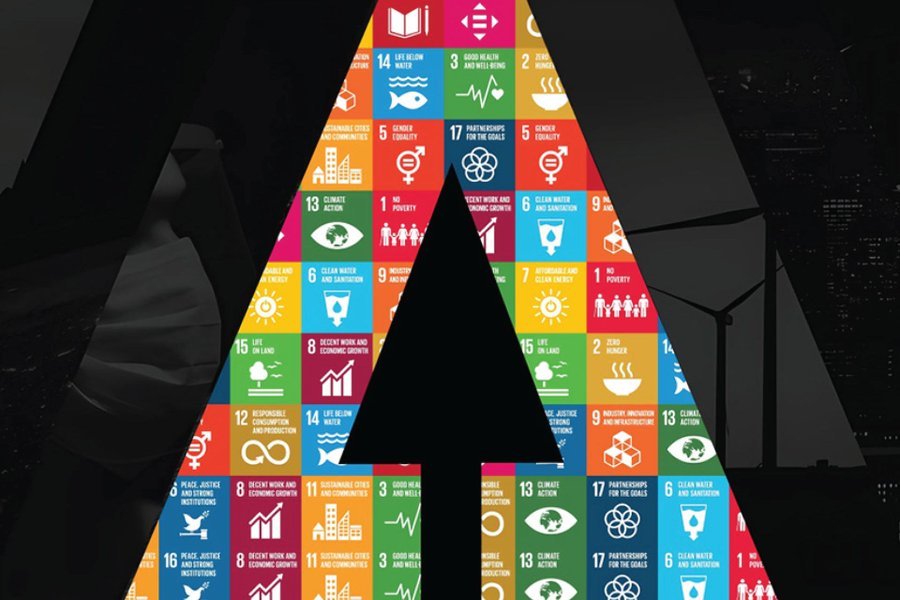ITU News, 18 Oct 2024
What happens when you apply the latest digital problem-solving tools to the age-old challenge of building a better world?
Artificial Intelligence (AI) holds enticing prospects, promising to accelerate the speed and maximize the impact of sustainable growth and development worldwide. With its unprecedented capacity for streamlining processes, monitoring trends, anticipating less-than-obvious results, and helping make better decisions, AI can improve public services, enhance climate and disaster resilience, and even cut greenhouse gas (GHG) emissions.
But what policies and governance frameworks need to be in place to keep AI technologies on the right path to help, rather than hurt, humanity?
And how can countries work together to ensure the benefits of AI reach everyone, leaving no one behind?
The International Telecommunication Union (ITU) tackles such epic, future-shaping questions in its new AI for Good Impact Report, prepared with global consultancy Deloitte and released on 18 October.
The report provides an overview of AI trends, governance, and opportunities, with a specific focus on how this novel technology can revive progress on the 17 Sustainable Development Goals set out by the United Nations.
AI trends worldwide
AI is being integrated into everyday applications, from virtual assistants to health monitoring. Generative AI – which burst onto the scene just two years ago – continues spawning breakthroughs in content creation, finance, healthcare, and more, the report finds.
Global AI market revenue looks set to surpass USD 2 trillion by 2031, with the compound annual growth rate projected at 19% over the next decade, according to the report.
Businesses are counting on this new tech to keep them competitive, with 94 per cent of global business leaders saying AI will be essential within five years, while 67 per cent are ramping up investments in generative AI, according to Deloitte research. But this digital upheaval raises weighty questions about ethics, equality, and potential environmental consequences.
Countries and regions moving forward
AI investments are most concentrated in North America, Asia, and Europe, with the US, China, and the UK being the top investors in the field. Usage skews more towards the Middle East and Asia, with the United Arab Emirates, China, India, and Singapore leading the world in active AI deployment.
Many countries hoping to hop aboard the AI train struggle with incompatible regulations, a lack of technical talent, and difficulty managing AI’s risks, including the prolific spread of misinformation.
Scaling up AI initiatives requires trust, workforce adaptation, and tangible results, the report advises.
The world’s first comprehensive AI regulation, the EU AI Act that took effect on 1 August, focuses on classifying risks and ensuring ethical AI deployment.
The industry is struggling to manage AI’s environmental impact – with energy and water use related to AI and big data currently surging out of control.
AI servers, if operating at full capacity, would consume at least 85.4 terawatt-hours of electricity per year – on par with countries like Argentina, the Netherlands or Sweden.
Even if AI goes green, the risk remains that it could wide the world’s persistent digital divide. Today, an estimated 2.6 billion people – or one-third of the world’s population – remain offline, effectively shut out of the digital economy, according to ITU statistics.
A decision-maker’s guide to ethical AI
The AI for Good Impact Report aims to furnish government officials, policy-makers, international development organizations, industry leaders and civil-society groups with a tool to help them scale-up AI ethically and sustainably.
Aiming to support informed decision-making across every social and economic sector, the new report explores different regulatory approaches that could help channel AI’s potential while managing the associated risks.
It also provides examples of the real-world impact from AI in line with each Sustainable Development Goal.
AI use cases mentioned in the report include improving medical diagnostics (Goal 3: good health and wellbeing), enhancing educational outcomes (Goal 4: quality education), optimizing energy consumption (Goal 7: affordable and clean energy) and monitoring environmental changes (Goal 12: responsible production and consumption).
Nearly 400 projects across the UN system are using these technologies, too, according to ITU’s latest United Nations Activities on Artificial Intelligence report.
Still, data privacy, job displacement, and AI-related carbon emissions remain significant challenges.
Global digital cooperation
The Global Digital Compact adopted at the UN General Assembly last month provides a broad framework to harness AI for humanity.
ITU’s global AI for Good innovation showcase includes year-round webinars and digital networking, as well as high-profile annual summits organized in with over 40 UN partners.
Explore the AI for Good Impact Report: https://aiforgood.itu.int/newsroom/publications-and-reports/



.jpg)


